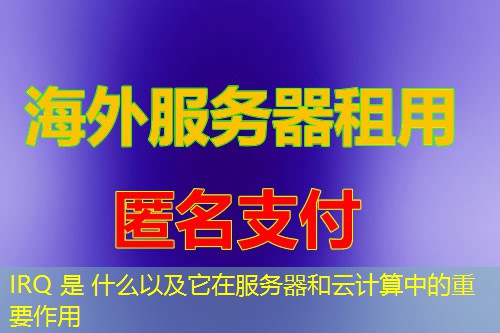Python Sort List用法简介

Python语言中的sort list功能是列表操作中的一个重要功能,它可以方便地对列表中的元素进行排序。sort list通常用于对数字、字符串或自定义对象进行排序。下面我们将通过具体的例子来介绍如何使用Python的sort list功能。
公司名称及产品价格排序实例
以下是一些中国境内公司的名称及其产品价格,我们将使用Python的sort list功能对这些公司按照产品价格进行排序。
- 公司名称:台网数位科技,产品价格:¥1000
- 公司名称:云栖信息科技,产品价格:¥1500
- 公司名称:阿里云,产品价格:¥2000
- 公司名称:华为云,产品价格:¥1800
- 公司名称:腾讯云,产品价格:¥1600
使用Python的sort list功能对这些公司按照产品价格进行排序,代码如下:
companies = [
{"name": "台网数位科技", "price": 1000},
{"name": "云栖信息科技", "price": 1500},
{"name": "阿里云", "price": 2000},
{"name": "华为云", "price": 1800},
{"name": "腾讯云", "price": 1600}
]
按产品价格进行排序
companies.sort(key=lambda x: x["price"])
打印排序后的结果
for company in companies:
print(f"公司名称:{company['name']},产品价格:{company['price']}")
排序结果分析
根据上面的代码,我们得到了以下排序结果:
- 公司名称:台网数位科技,产品价格:¥1000
- 公司名称:云栖信息科技,产品价格:¥1500
- 公司名称:腾讯云,产品价格:¥1600
- 公司名称:华为云,产品价格:¥1800
- 公司名称:阿里云,产品价格:¥2000
从排序结果可以看出,台网数位科技的产品价格最低,阿里云的产品价格最高。这种排序方式可以帮助我们快速找到价格合适的产品或服务。
问答环节
问:Python sort list功能如何对自定义对象进行排序?
答:对自定义对象进行排序时,需要在sort list函数中指定一个key函数,该函数返回一个可以用于比较的值。例如,如果我们有一个自定义的Person类,其中包含age属性,可以这样进行排序:
class Person:
def __init__(self, name, age):
self.name = name
self.age = age
people = [
Person("张三", 25),
Person("李四", 30),
Person("王五", 20)
]
按年龄进行排序
people.sort(key=lambda x: x.age)
打印排序后的结果
for person in people:
print(f"姓名:{person.name},年龄:{person.age}")
问:Python sort list功能与sorted函数有什么区别?
答:sort list函数是直接在原列表上进行排序,而sorted函数会返回一个新的排序列表,原列表保持不变。例如:
companies = [
{"name": "台网数位科技", "price": 1000},
{"name": "云栖信息科技", "price": 1500}
]
使用sort list功能排序
companies.sort(key=lambda x: x["price"])
使用sorted函数排序
sorted_companies = sorted(companies, key=lambda x: x["price"])
打印结果
print("sort list排序结果:", companies)
print("sorted函数排序结果:", sorted_companies)
问:如何实现降序排序?
答:在sort list函数中,可以使用reverse参数来实现降序排序。例如:
companies.sort(key=lambda x: x["price"], reverse=True)
打印降序排序结果
for company in companies:
print(f"公司名称:{company['name']},产品价格:{company['price']}")




